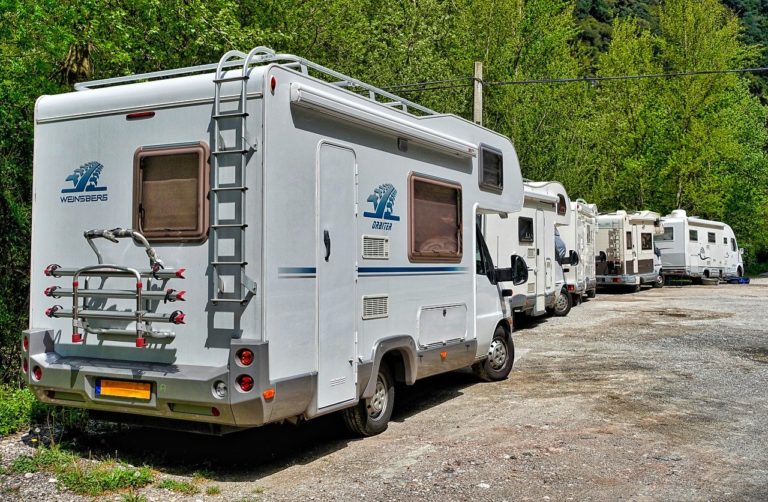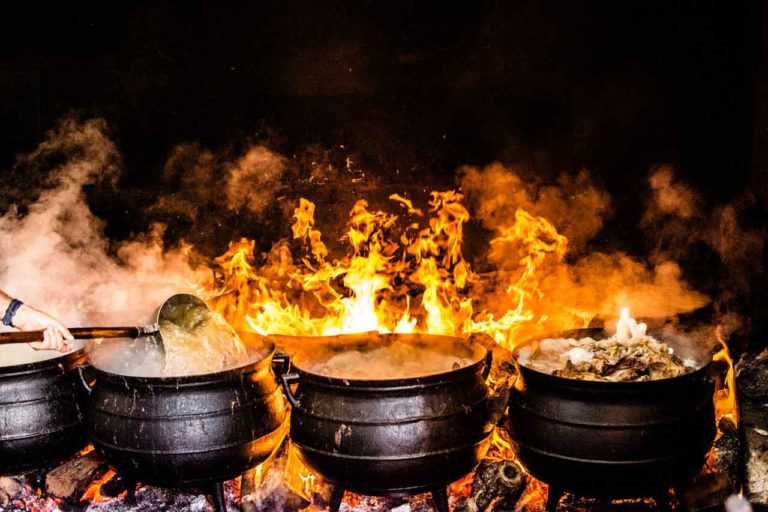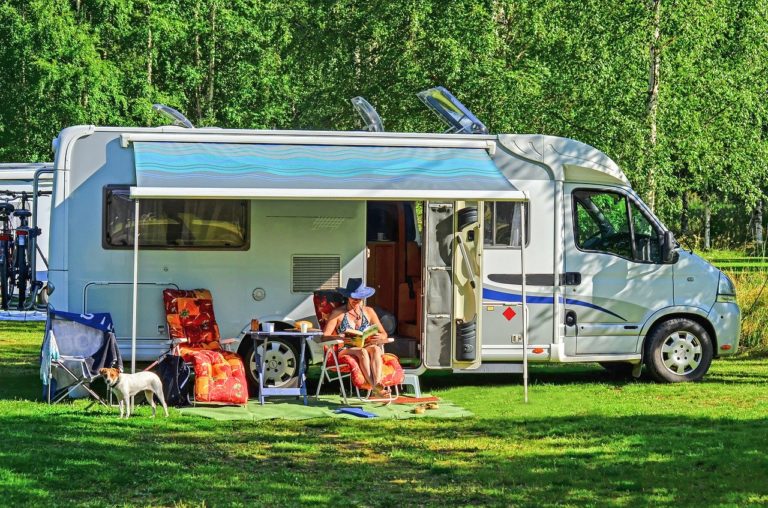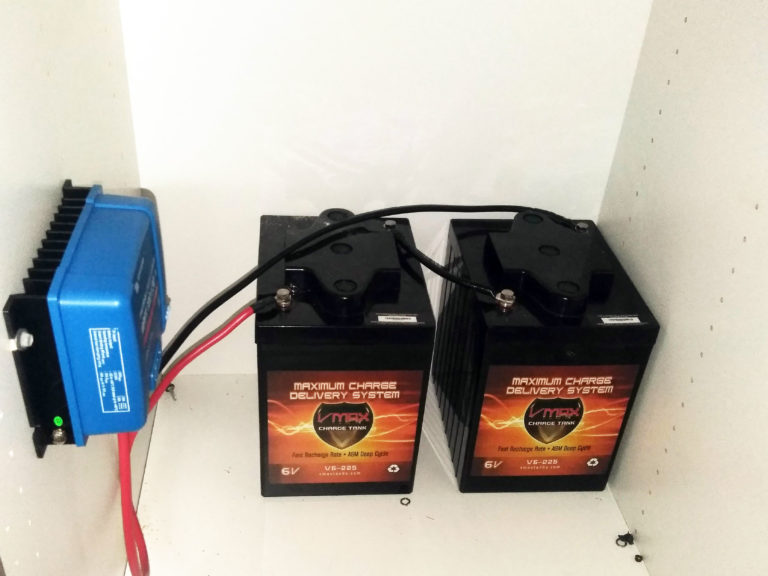Welcome to the fascinating world of tiny home living—a lifestyle choice that’s capturing hearts and imaginations across the globe. As urban spaces become increasingly crowded and the cost of living continues to rise, many are seeking alternative ways to live that are both fulfilling and sustainable. Enter the tiny home movement, a trend that’s not just about downsizing your living space but also about redefining what “home” means.
The appeal of tiny home living is multifaceted. For some, it’s the allure of a simpler, uncluttered life. For others, it’s the financial freedom that comes from lower housing costs. And then there are those drawn to the sustainability aspect, reducing their carbon footprint by living in a smaller, more energy-efficient space. Whatever the reason, the tiny home trend is growing, and it’s growing fast.
In this article, we’ll delve into the ins and outs of tiny home living. We’ll explore the different types of tiny homes available, the legal and financial considerations to keep in mind, and the lifestyle changes you can expect. Whether you’re a curious onlooker or someone seriously considering making the leap, this guide aims to provide you with the essential information you need to understand this burgeoning lifestyle trend.
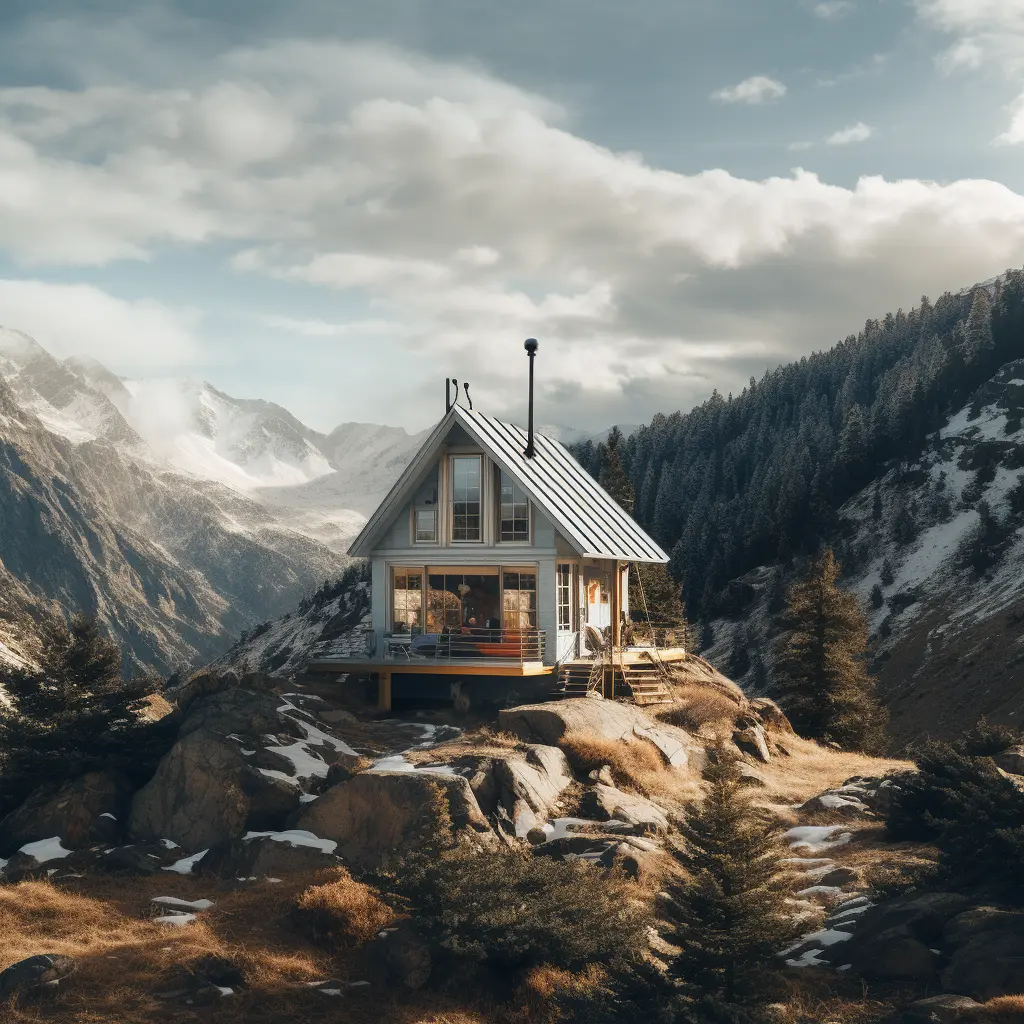
The Basics of Tiny Home Living
What is a Tiny Home?
A tiny home is generally defined as a living space that is significantly smaller than the average home, often less than 400 square feet. While the size may be diminutive, the design is all about maximizing utility and functionality. Every square inch is thoughtfully planned to create a space that is both comfortable and practical. But tiny home living is not just about the size; it’s also about adopting a lifestyle that prioritizes quality over quantity.

Stationary Tiny Homes vs. Tiny Homes on Wheels (THOWs)
When it comes to tiny homes, you have options. One of the first decisions you’ll need to make is whether you want a stationary tiny home or a Tiny Home on Wheels (THOW).
Stationary Tiny Homes:
These are built on a fixed foundation, much like a traditional home. They offer the advantage of stability and can often be built to include more amenities, like a full-size bathtub or larger kitchen appliances. However, they are subject to local zoning laws, which can be restrictive.
Tiny Homes on Wheels (THOWs):
These are built on trailers and can be moved from place to place. Mobility offers a sense of freedom and adventure but comes with its own set of challenges, such as finding places to park legally and dealing with more compact living conditions.
Why Choose Tiny Home Living?
The motivations for choosing tiny home living are as diverse as the people who make the leap. Here are some common reasons why people are drawn to this lifestyle:
Sustainability:
Living in a smaller space generally means consuming fewer resources. Many tiny homes are also built with eco-friendly materials and include sustainable technologies like solar panels and composting toilets.
Minimalism:
The limited space forces you to pare down your belongings and focus on what’s truly essential. This minimalist approach often extends to other areas of life, encouraging a simpler, more intentional way of living.
Financial Freedom:
Traditional homes come with traditional mortgages, which can be a financial burden. Tiny homes, on the other hand, are much less expensive to build, buy, and maintain, freeing up money for other life experiences.
Types of Tiny Homes
The world of tiny homes is incredibly diverse, offering a range of options to suit different needs, budgets, and lifestyles. In this section, we’ll delve into some popular types of tiny homes—Tiny Homes on Wheels (THOWs), Container Homes, and Cob Houses—discussing the advantages and disadvantages of each.
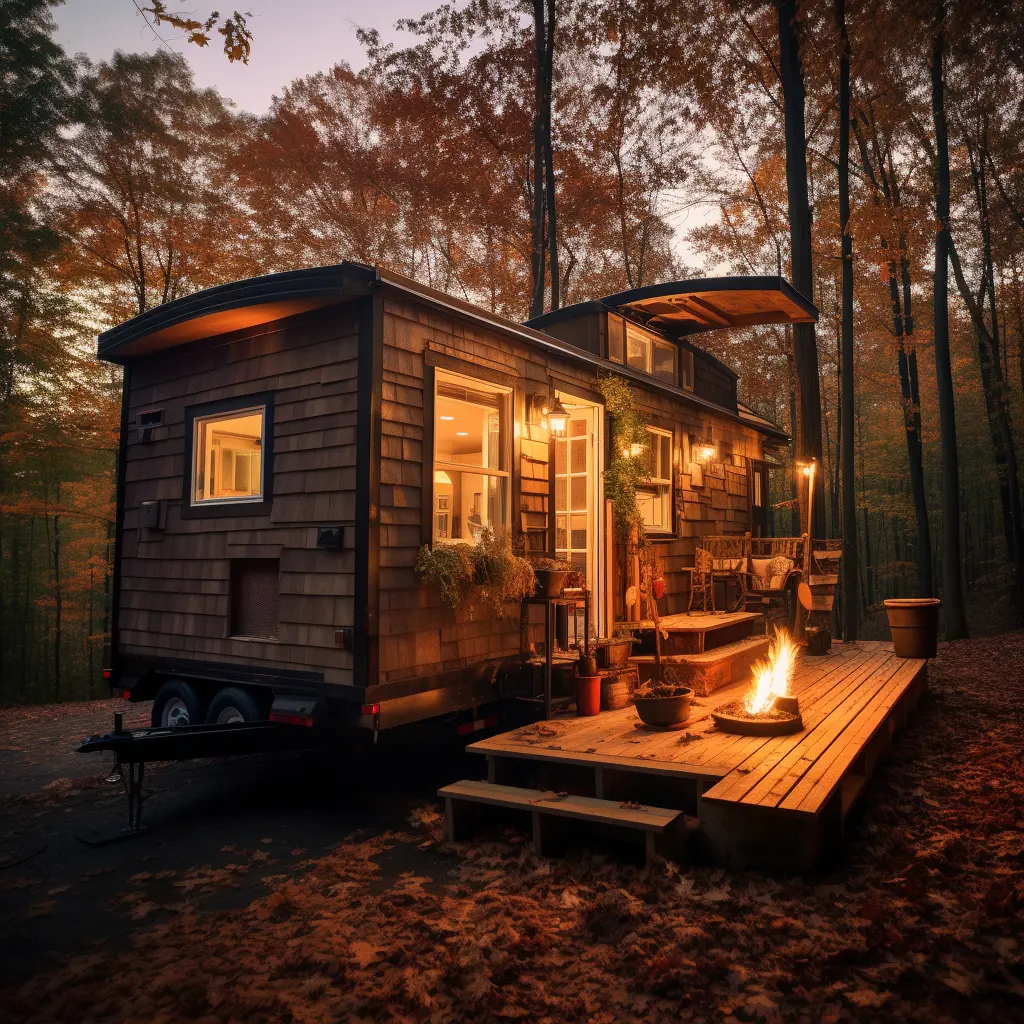
Tiny Home On Wheels (T.H.O.W.)
Pros:
Mobility: The freedom to change your location brings a sense of adventure and flexibility. Whether you’re chasing job opportunities or just a change of scenery, your home can come with you.
Avoiding Zoning Laws: THOWs often fall under the classification of RVs, which can make it easier to sidestep residential zoning laws that apply to stationary homes.
Cons:
Limited Space: The need for road mobility means these homes often have height and width restrictions, limiting the amount of space you can use.
Parking and Legal Issues: While mobility is a pro, it also comes with the con of having to find a place to park legally. Many areas have restrictions on RV and trailer parking.

Container Homes
Pros:
Durability: Made from steel shipping containers, these homes are built to withstand extreme conditions, making them incredibly durable.
Ease of Construction: The basic structure is already in place, which can significantly reduce construction time. Many people have turned container home building into a DIY project.
Cons:
Insulation and Temperature Control: Steel is a poor insulator, which means you’ll need to invest in insulation. This not only adds to the cost but also takes up valuable interior space.
Permitting and Zoning: While the idea of container homes is becoming more accepted, many municipalities still have zoning laws that can make legal construction a complicated process.

Cob Houses
Pros:
Sustainability: Made from earth-friendly materials like clay, sand, and straw, cob homes have a minimal environmental impact.
Natural Insulation: The thick, earthen walls provide excellent thermal mass, helping to naturally regulate the interior temperature.
Cons:
Time-Consuming Construction: Building with cob is a labor-intensive process that can take a long time, especially if you’re doing it yourself.
Regulatory Hurdles: Cob construction is less common and may not be recognized by all building departments, making it potentially difficult to secure permits.
By understanding the pros and cons of each type of tiny home, you can make an informed decision that aligns with your lifestyle and priorities. Whether you’re drawn to the mobility of a THOW, the ruggedness of a container home, or the earth-friendly appeal of a cob house, there’s a tiny home option that’s just right for you.
Legal Considerations
Embarking on a tiny home journey is not just about downsizing and simplifying your life; it’s also about understanding the legal landscape that governs this alternative lifestyle. From zoning laws to building codes, several legal considerations can significantly impact your tiny home experience.
Zoning Laws
What They Are:
Zoning laws dictate how land can be used in different geographic areas. These laws can specify the types of structures allowed, their size, and where they can be located.
Challenges:
Many municipalities have minimum size requirements for homes, which can make it difficult to legally place a tiny home on a piece of land. Additionally, some areas may have restrictions against living full-time in a structure classified as an RV, which includes many Tiny Homes on Wheels (THOWs).
Tips:
Research local zoning laws thoroughly before purchasing land or a tiny home.
Consider applying for a variance or conditional use permit to bypass certain restrictions.
Look for communities or developments that are specifically zoned for tiny homes.
Building Codes
What They Are:
Building codes set the minimum safety standards for constructing buildings, including tiny homes. They cover everything from electrical systems to fire safety.
Challenges:
Traditional building codes may not be well-suited to the unique characteristics of tiny homes, making it difficult to meet all requirements. For example, loft spaces, a common feature in tiny homes, often don’t meet standard building code requirements for ceiling height.
Tips:
Familiarize yourself with the International Residential Code (IRC), which has specific sections related to tiny homes.
Consult with professionals who specialize in tiny home construction to ensure your home meets all legal requirements.
Consider getting your tiny home certified by a reputable organization, such as the National Organization for Alternative Housing (NOAH), to prove that it meets certain building standards.
Navigating Legal Hurdles
Consult with Experts:
It’s always a good idea to consult with legal experts or town planners who can guide you through the local laws and regulations.
Join Tiny Home Communities:
Online forums and local communities can offer valuable insights and advice on how to navigate legal issues.
Stay Updated:
Laws and regulations are constantly changing. Keep yourself updated on any legal reforms that may affect tiny home living.
Understanding and navigating the legal landscape is crucial for anyone considering a move to a tiny home. While the challenges can be daunting, the rewards of tiny home living—financial freedom, a simpler lifestyle, and a reduced carbon footprint—often make the effort worthwhile.
Financial Aspects
One of the most appealing aspects of tiny home living is the financial freedom it can offer. However, it’s important to understand that while living in a tiny home can be more economical in the long run, the initial costs can be substantial. Let’s break down the financial aspects you’ll need to consider.
Costs of Building or Buying a Tiny Home
Materials:
The cost of materials can vary widely depending on the quality and type. For example, using reclaimed materials can be cost-effective, but specialized, eco-friendly materials can be expensive.
Labor:
If you’re not taking the DIY route, labor costs can add up quickly. Rates will vary depending on the complexity of the build and local labor costs.
Utilities:
Installing utilities like plumbing, electricity, and possibly gas can be a significant portion of your budget.
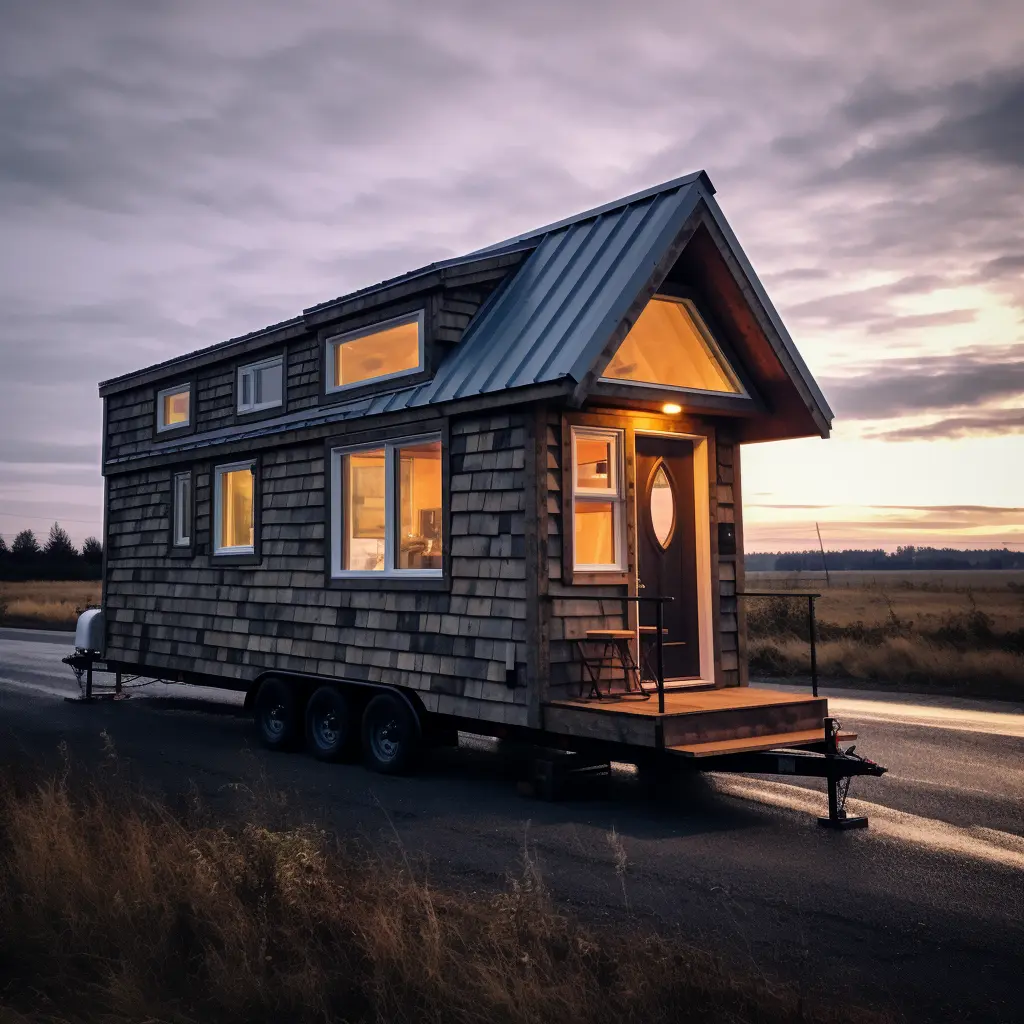
Buying Costs:
Pre-built Tiny Homes:
These can range from $30,000 to over $100,000 depending on the amenities and customization.
Used Tiny Homes:
Buying used can be a more economical option, but be cautious about potential wear and tear or subpar construction.
Potential Cost Savings and Financial Benefits
No or Low Mortgage:
One of the biggest financial benefits is the possibility of owning your home outright or having a significantly smaller mortgage compared to traditional homes.
Reduced Utility Bills:
Smaller spaces are generally cheaper to heat, cool, and power, leading to lower utility bills.
Minimal Maintenance:
With less space comes less to maintain, which can translate to fewer costs in the long run.
Freedom to Relocate:
If your tiny home is on wheels, you have the freedom to move to places with lower costs of living, further enhancing your financial flexibility.
Potential for Rental Income:
If you have land, you could potentially rent out your tiny home when you’re not using it, providing an additional income stream.
While the initial investment can be considerable, the long-term financial benefits of tiny home living are compelling. From reduced living expenses to the potential for financial independence, the economic advantages are one of the key reasons many people are drawn to this lifestyle.
Space Utilization
One of the most critical aspects of tiny home living is the efficient use of space. When you’re working with a limited square footage, every inch counts. The key to a comfortable and functional tiny home lies in smart design choices that maximize utility without compromising on aesthetics. Let’s delve into how you can make the most out of your tiny living space.
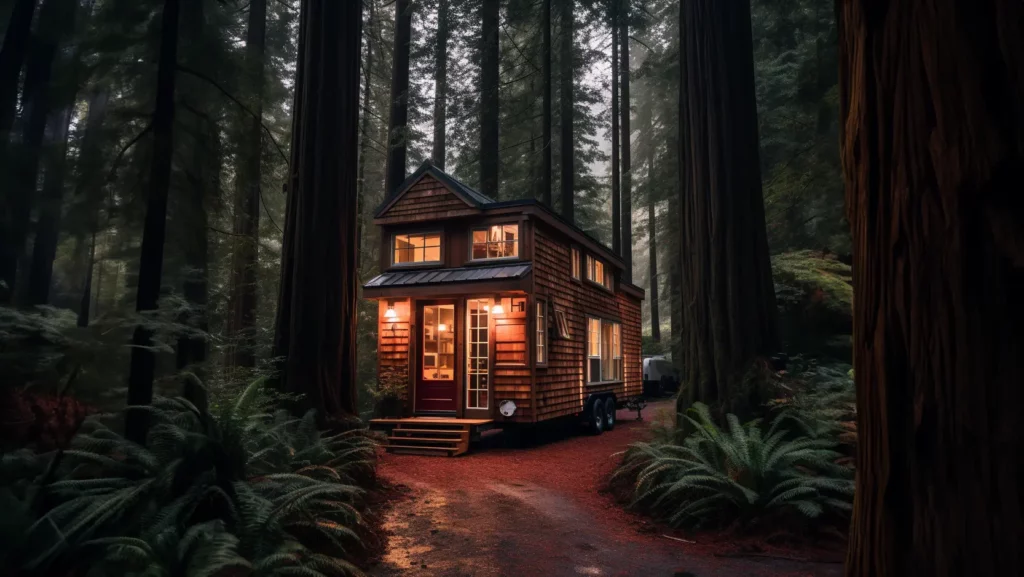
The Importance of Efficient Space Use
Enhanced Comfort:
A well-organized space can make a tiny home feel much larger than it is, enhancing your overall comfort and quality of life.
Functionality:
Efficient use of space allows for the inclusion of essential amenities and features that you might think you’d have to sacrifice, like a full kitchen or a comfortable sleeping area.
Aesthetics:
Smart space utilization can also contribute to a cleaner, more organized look, which is aesthetically pleasing.

Multi-Functional Furniture
Sofa Beds:
A sofa that can be converted into a bed offers a two-in-one solution that is perfect for accommodating guests or just stretching out.
Extendable Tables:
An extendable dining table can serve as a workspace during the day and transform into a dining area in the evening.
Lofted Beds:
Elevating your bed can free up valuable floor space for other uses, like storage or a small office area.
Built-In Storage:
Furniture pieces like beds and sofas with built-in storage can provide hidden compartments for your belongings, reducing clutter.
Smart Storage Solutions
Vertical Storage:
Utilize your walls for storage by installing shelves or hanging organizers. This can free up floor space and make the room feel less crowded.
Under-the-Stairs Storage:
If your tiny home has a loft, the space under the stairs can be turned into drawers or cupboards.
Pull-Out Pantries:
In the kitchen, a pull-out pantry can make efficient use of narrow spaces between appliances or cabinets.
Hidden Compartments:
Think creatively about unused spaces. The area under the floor or a false ceiling can serve as additional storage areas.
Mastering the art of space utilization can significantly enhance your tiny home living experience. With the right furniture and storage solutions, you can create a space that is both functional and enjoyable to live in.
Utilities and Amenities
When downsizing to a tiny home, one of the most important considerations is how to manage utilities and amenities. While the space may be small, the need for electricity, water, and waste management remains. Moreover, the compact nature of tiny homes offers unique opportunities for sustainable and off-grid living. Let’s explore how utilities and amenities can be efficiently managed in a tiny home setting.
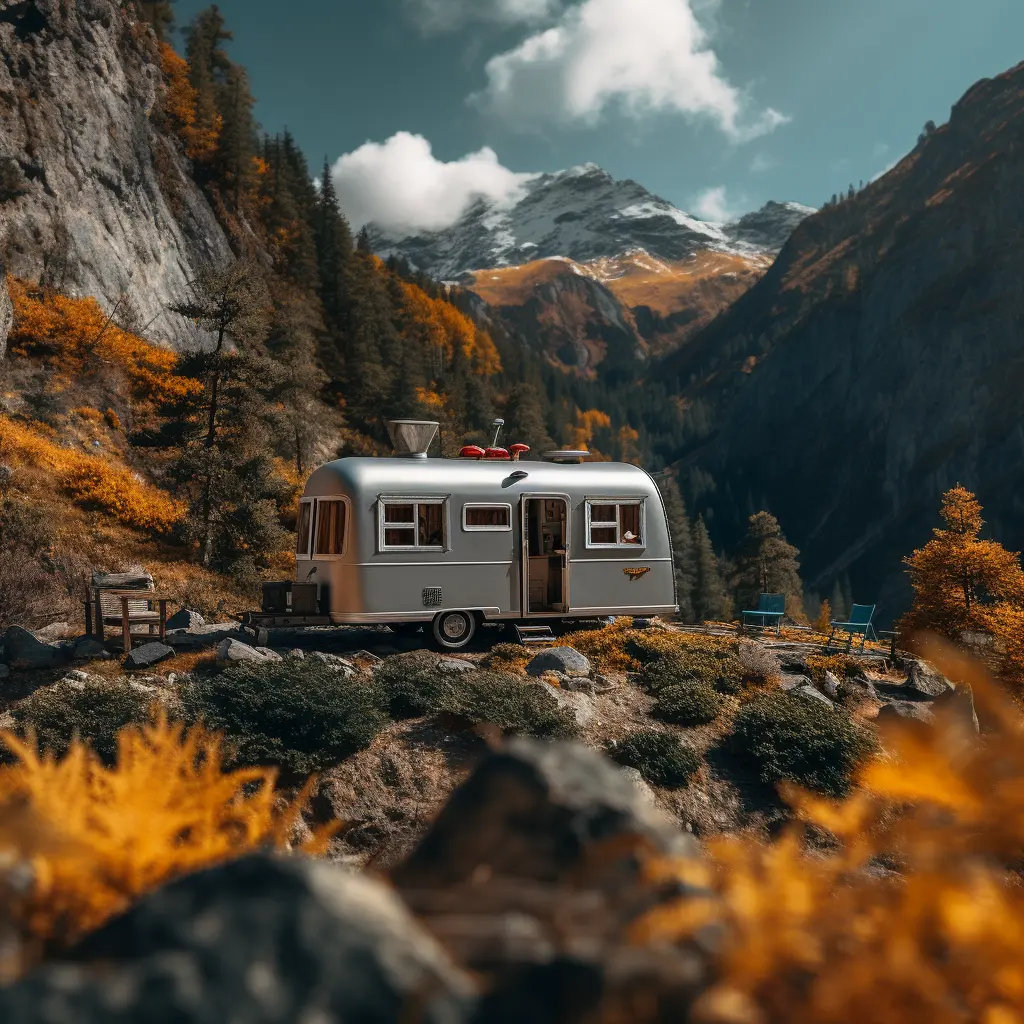
Electricity
Traditional Hookups:
Many tiny homes are equipped to connect to traditional electrical grids, just like any other residential home. This is often the most straightforward option.
Solar Power:
For those interested in sustainability or off-grid living, solar panels can be installed to generate electricity. Battery storage systems can also be used to store excess energy.
Wind Turbines:
In locations with consistent wind, small wind turbines can provide an additional or alternative source of electricity.
Water
Municipal Supply:
If your tiny home is stationary and located in an area with access to a municipal water supply, this can be a convenient option.
Rainwater Harvesting:
For off-grid living or as a supplementary source, rainwater can be collected, filtered, and used for various purposes.
Water Tanks:
Portable water tanks can be filled and used for a temporary water supply, particularly useful for Tiny Homes on Wheels (THOWs).
Sewage and Waste Management
Traditional Sewage Connection:
Like electricity, some tiny homes can be connected to municipal sewage systems.
Composting Toilets:
A popular off-grid option, composting toilets break down waste without needing a water-based sewage system. I never thought I’d love a composting toilet like I love my Natures Head composting toilet!
Grey Water Systems:
These systems collect water from sinks and showers for reuse in gardening or flushing toilets, offering a sustainable waste management solution.
Off-Grid Options and Sustainable Technologies
Off-Grid Living:
With the combination of solar power, rainwater harvesting, and composting toilets, it’s entirely possible to live off-grid in a tiny home.
Smart Home Technologies:
Energy-efficient appliances, smart lighting systems, and programmable thermostats can further reduce your utility needs and environmental impact.
Sustainable Materials:
Beyond utilities, consider using sustainable or recycled materials in the construction of your tiny home for a fully eco-friendly approach.
Managing utilities in a tiny home involves some unique challenges but also offers exciting opportunities for sustainability and off-grid living. By carefully planning your utility needs and exploring alternative options, you can create a tiny home that is both functional and in harmony with the environment.

Community and Lifestyle
Tiny home living is not just a housing choice; it’s a lifestyle decision that often comes with a built-in community of like-minded individuals. From tiny home villages to online forums, the sense of community is one of the most enriching aspects of this alternative lifestyle. Additionally, transitioning to a tiny home often entails significant lifestyle changes that can be both challenging and rewarding. Let’s delve into these aspects.

Tiny Home Villages and Communities
Sense of Community:
Tiny home villages often foster a strong sense of community, where residents share common spaces like gardens, community kitchens, and recreational areas.
Shared Resources:
Living in a community allows for the sharing of resources, such as tools or even childcare, making life more convenient and sustainable.
Networking and Support:
These communities often host events, workshops, and communal activities that provide opportunities for networking and mutual support.

Online Communities
Information Sharing:
Online forums and social media groups offer a platform for tiny home enthusiasts to share tips, advice, and experiences.
Virtual Support:
Even if you’re living off-grid or in a remote area, online communities can provide a sense of connection and support.
Lifestyle Changes to Expect
Downsizing:
The move to a tiny home often requires significant downsizing, not just of possessions but also of lifestyle habits. This can be a liberating but challenging process.
Closer Connections:
Smaller living spaces often lead to more interaction among household members, which can strengthen family bonds or relationships.
Outdoor Living:
With less indoor space, many tiny home dwellers find themselves spending more time outdoors, whether it’s for leisure activities or chores like cooking.
Sustainability Focus:
The tiny home lifestyle often goes hand-in-hand with a focus on sustainability, from minimizing waste to growing your own food.
Transitioning to tiny home living is about much more than just reducing square footage; it’s about joining a community of people who share similar values and making lifestyle changes that align with those values. Whether you’re drawn to the sense of community, the focus on sustainability, or the financial freedom, tiny home living offers a unique and enriching life experience.

Challenges and Drawbacks
While tiny home living offers numerous benefits, from financial freedom to a more sustainable lifestyle, it’s not without its challenges. Understanding these drawbacks can help you make an informed decision and prepare for a smoother transition to tiny home life. Let’s explore some of these challenges and potential solutions.
Limited Space
Challenge:
The most obvious challenge is the limited space, which can make the home feel cramped and restrict the number of belongings you can have.
Solution:
Efficient space utilization is key. Invest in multi-functional furniture and smart storage solutions to maximize space. Also, adopting a minimalist lifestyle can make the limited space more manageable.
Mobility Issues
Challenge:
For Tiny Homes on Wheels (THOWs), finding a place to park legally can be a significant issue. Additionally, frequent moves can be disruptive.
Solution:
Research and plan to find tiny home-friendly locations. Some people opt for long-term leases in tiny home communities or RV parks to mitigate this issue.

Social Perceptions
Challenge:
Tiny home living is still considered unconventional, and you may face skepticism or even disapproval from friends, family, or neighbors.
Solution:
Educate those around you about the benefits and practicalities of tiny home living. Joining tiny home communities, either online or in person, can also provide social validation and support.
Zoning and Legal Issues
Challenge:
As discussed in the “Legal Considerations” section, zoning laws and building codes can be significant hurdles.
Solution:
Thorough research and consultation with experts can help you navigate these challenges. Some people also opt for tiny home communities where these issues have already been addressed.
Lifestyle Adjustments
Challenge:
The transition to a tiny home often requires significant lifestyle changes, such as downsizing possessions and spending more time outdoors, which may not be comfortable for everyone.
Solution:
Take the transition step-by-step. Start by downsizing your belongings gradually and spending weekends in a tiny home or RV to acclimate to the new lifestyle.
While tiny home living presents its own set of challenges, most can be overcome with careful planning, creativity, and a willingness to adapt. By understanding these challenges and preparing for them, you can enjoy the many benefits of tiny home living with fewer drawbacks.
Conclusion
As we’ve explored in this comprehensive guide, tiny home living is a multifaceted lifestyle choice that offers a range of benefits, from financial freedom to a more sustainable way of life. However, it’s not without its challenges. From navigating zoning laws and building codes to maximizing limited space, adopting a tiny home lifestyle requires careful planning and a willingness to adapt.
Despite these challenges, the rewards are often well worth the effort. The sense of community among tiny home dwellers, the focus on sustainability, and the opportunity for financial independence are just a few of the compelling reasons why more and more people are making the leap to this alternative lifestyle. Whether you’re drawn to minimalism, mobility, or the eco-friendly aspects, tiny home living offers a unique and enriching experience that aligns with a variety of values and life goals.
In a world where bigger is often equated with better, the tiny home movement challenges this notion, proving that a fulfilling life can be led in spaces that prioritize quality over quantity. So, if you’re considering taking the plunge into tiny home living, know that you’re joining a growing community of individuals seeking a simpler, more intentional, and more sustainable way of life.





